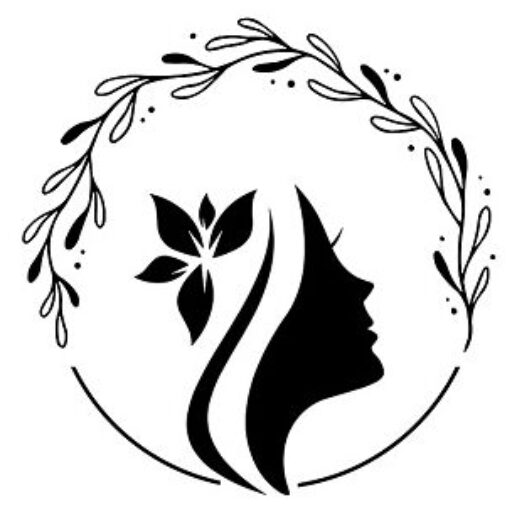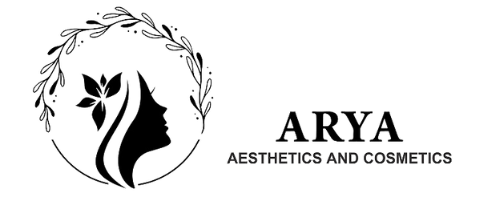Comprehensive Guide to Lichen Planus Treatment
Lichen planus is a chronic inflammatory condition that affects the skin, mucous membranes, hair, and nails. It presents as purplish, itchy, flat-topped bumps on the skin, or painful white streaks and ulcers on mucous membranes. The condition often causes discomfort and can impact one’s appearance and quality of life. Below, we outline the treatment procedures, aftercare, and management strategies for lichen planus.
What is Lichen Planus?
Lichen planus is an autoimmune condition where the body’s immune system mistakenly attacks the skin and mucous membranes. Its exact cause is unknown, but it may be associated with genetic predisposition, infections, stress, or certain medications.
Types and Classifications of Lichen Planus
- Cutaneous Lichen Planus
- Affects the skin, presenting as itchy, purple-colored, flat-topped lesions.
- Oral Lichen Planus
- Affects the mucous membranes in the mouth, causing painful white streaks, sores, or redness.
- Genital Lichen Planus
- Affects the genital areas, causing discomfort and erosive lesions.
- Lichen Planopilaris
- Affects the scalp, leading to hair loss and scarring.
- Nail Lichen Planus
- Causes ridging, thinning, and sometimes loss of nails.
- Hypertrophic Lichen Planus
- Thickened, raised, and itchy plaques, often on the lower legs.
- Erosive Lichen Planus
- A severe form causing painful erosions, often in the mucous membranes
Treatment Procedures for Lichen Planus
The treatment for lichen planus depends on the severity, type, and site of the lesions. The goal is to reduce inflammation, alleviate symptoms, and improve the skin or mucous membrane’s appearance.
1. Topical Treatments
- Procedure:
- Corticosteroids: Potent creams or ointments applied directly to affected areas to reduce inflammation.
- Calcineurin Inhibitors (e.g., tacrolimus, pimecrolimus): Used for sensitive areas like the face and mucous membranes.
- Retinoids: Topical retinoids are sometimes used to manage hypertrophic lesions.
- How It Works:
- Reduces inflammation and suppresses the overactive immune response causing the lesions.
2. Systemic Medications
- Procedure:
- Oral Corticosteroids: Prescribed for severe or widespread cases to quickly reduce inflammation.
- Immunosuppressants (e.g., cyclosporine, methotrexate): Used for refractory cases.
- Antihistamines: Alleviate itching and improve sleep.
- Hydroxychloroquine: Sometimes used for lichen planopilaris or other resistant forms.
- How It Works:
- Systemic medications target the immune system to control inflammation and prevent progression.
3. Phototherapy
- Procedure:
- Narrowband UVB or PUVA therapy involves exposing the skin to ultraviolet light in a controlled setting.
- How It Works:
- UV light reduces inflammation and modulates the immune response, improving the appearance of skin lesions.
4. Laser Therapy
- Procedure:
- Targeted laser treatments are used for specific areas, such as hypertrophic lesions or oral lichen planus.
- How It Works:
- Destroys abnormal tissue and promotes healing.
5. Oral Mucosal Treatments
- Procedure:
- Topical Corticosteroid Mouth Rinses: Reduce inflammation and pain in oral lichen planus.
- Antiseptic Mouthwashes: Prevent secondary infections.
- Oral Retinoids: Used in severe or resistant cases.
- How It Works:
- Soothes inflamed mucous membranes and promotes healing.
6. Treatment of Hair and Nail Involvement
- Procedure:
- Intralesional Steroid Injections: Used for lichen planopilaris or nail lichen planus to prevent scarring.
- Topical Minoxidil: Helps stimulate hair regrowth.
- How It Works:
- Prevents permanent damage to hair follicles and nails.
Post-Treatment Care
After treatment, proper care is essential to maintain results and prevent recurrences:
1. Moisturize Regularly
- Use fragrance-free emollients to keep the skin hydrated and prevent dryness.
2. Avoid Irritants
- Stay away from harsh soaps, detergents, or other irritants that may worsen symptoms.
3. Oral Hygiene for Oral Lichen Planus
- Use a soft-bristled toothbrush and avoid spicy, acidic, or rough foods.
4. Protect the Skin
- Wear sunscreen on affected areas to prevent pigmentation changes.
Precautions After Treatment
- Avoid Scratching
- Scratching can worsen lesions and lead to secondary infections.
- Reduce Stress
- Stress is a common trigger; practice relaxation techniques like yoga or meditation.
- Follow-Up Appointments
- Regular check-ups with your dermatologist are crucial for monitoring and adjusting treatment.
Dietary Recommendations for Lichen Planus
A nutrient-rich diet supports healing and reduces inflammation:
- Anti-Inflammatory Foods
- Fatty fish (salmon, mackerel), turmeric, and green leafy vegetables.
- Vitamin D
- Found in fortified dairy, eggs, and sunlight exposure.
- Probiotics
- Yogurt, kefir, and fermented vegetables to improve gut health and immunity.
- Omega-3 Fatty Acids
- Found in walnuts, flaxseeds, and fish oils.
- Avoid Trigger Foods
- Eliminate spicy, acidic, or allergenic foods, especially in oral lichen planus.
Drugs and Maintenance Therapy
- Topical Corticosteroids
- Continued use as needed to manage mild flare-ups.
- Immunomodulators
- Long-term use of calcineurin inhibitors for sensitive areas.
- Vitamin Supplements
- Zinc and Vitamin D may support immune regulation.
- Antihistamines
- Taken as needed for itching relief.
Management Plans for Different Types of Lichen Planus
- Cutaneous Lichen Planus
- Topical corticosteroids and phototherapy.
- Systemic corticosteroids for severe cases.
- Oral Lichen Planus
- Corticosteroid mouth rinses and antiseptic mouthwashes.
- Avoid spicy or acidic foods.
- Genital Lichen Planus
- Topical steroids and calcineurin inhibitors.
- Avoid tight clothing and maintain hygiene.
- Lichen Planopilaris
- Intralesional steroids, topical minoxidil, and systemic treatments like hydroxychloroquine.
- Nail Lichen Planus
- Intralesional steroid injections to prevent nail loss.
How Treatment Improves Appearance
- Restores Skin Smoothness
- Reduces inflammation, discoloration, and scaling, improving overall skin texture.
- Prevents Scarring
- Early treatment minimizes the risk of permanent scarring on the skin, scalp, and nails.
- Enhances Confidence
- Alleviates discomfort and improves the appearance of affected areas.
Conclusion
Lichen planus requires a multi-faceted treatment approach tailored to the type and severity of the condition. With appropriate therapies, lifestyle adjustments, and regular follow-ups, patients can effectively manage symptoms, improve their appearance, and prevent complications.
Contact us today to schedule a consultation and start your journey to healthier, radiant skin!

